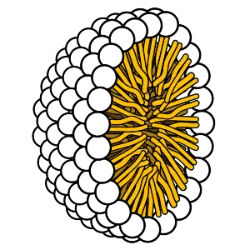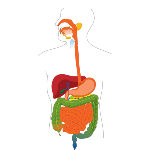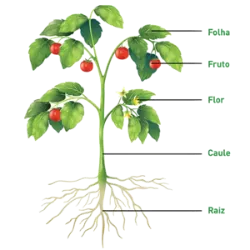Essential for Energy and Cellular Structure

Lipids are biomolecules that are essential for living organisms, playing crucial roles in energy storage and cell structure. The main types include fatty acids, which serve as a primary source of energy; triglycerides, stored in adipose tissue as an energy reserve; phospholipids, which make up the cell membrane and ensure its fluidity and protection; and sterols, such as cholesterol, which are essential for the synthesis of hormones and membrane stabilization.
In addition to providing long-lasting energy, lipids act as thermal insulation and protect organs. During metabolism, they are broken down by enzymes and transported by the blood to be used as cellular fuel. Despite their importance, excess lipids may be associated with cardiovascular diseases.
Studies are advancing the understanding of these biomolecules to develop new treatments for obesity and metabolic disorders, highlighting the importance of a balanced diet.
Did you know??















